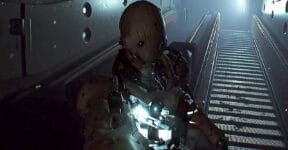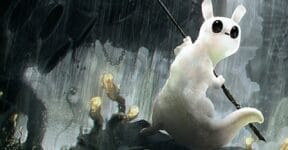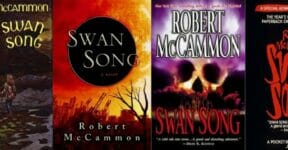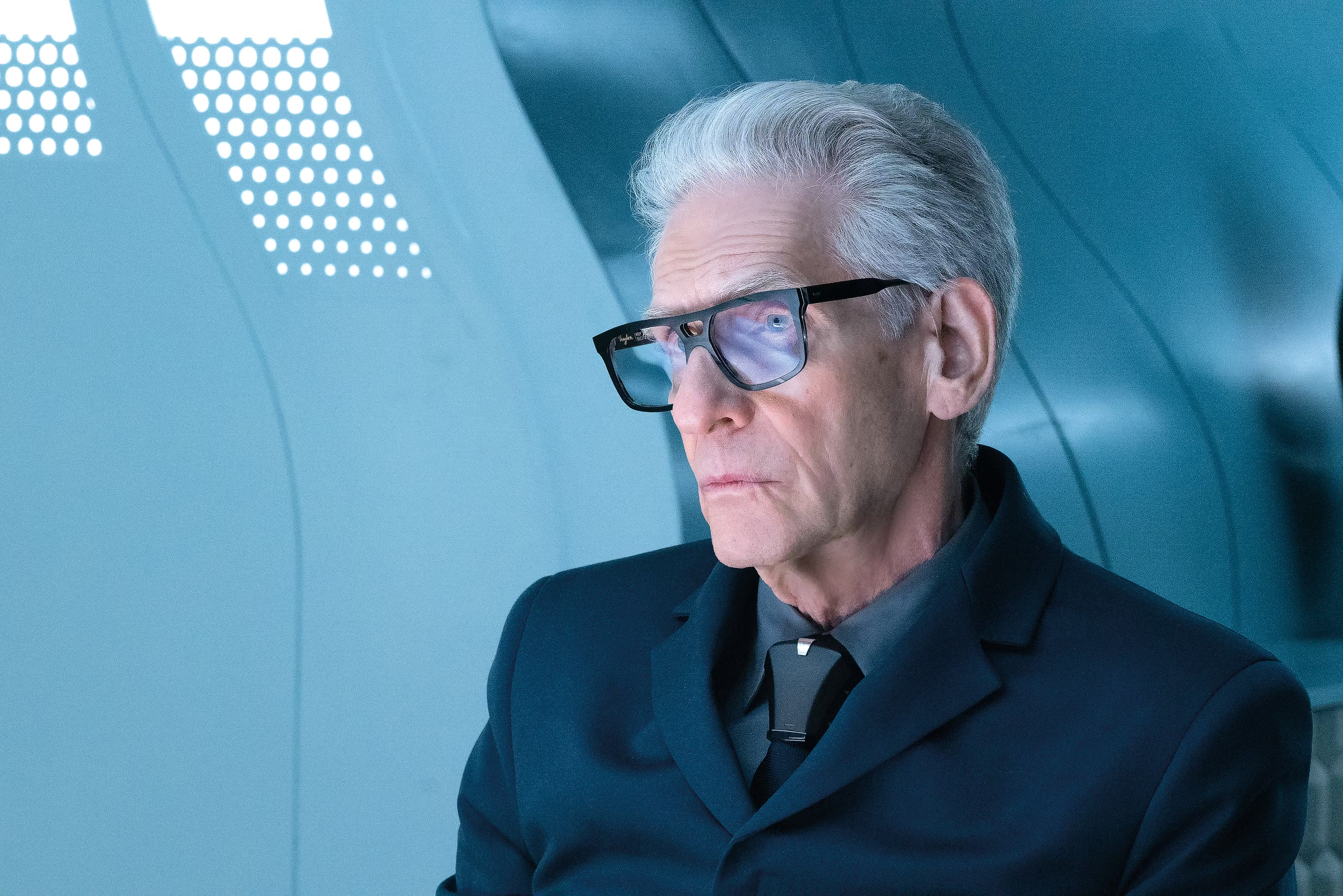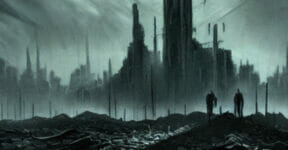In the song No Rain, Blind Melon says, “…all I can do is read a book to stay awake, and it rips my life away but it’s a great escape.” It remains unclear if reading a book can rip someone’s life away, but let’s just assume that it does make an excellent escape from the everyday routine. If an escape is the thrill you seek, may the following list of sci fi adventure books take you there safe and sound.

Frankenstein; or The Modern Prometheus (1818)
By Mary Wollstonecraft Shelley
Of course, Frankenstein is featured here because it would be a blasphemy to not mention it in any science fiction books list. To remind you again, Victor Frankenstein is the scientist; his creation simply is Frankenstein’s Monster or Frankenstein’s Creature. Although everyone already is aware of the big picture of the story, many little details in the original work are still very much worth a re-read.
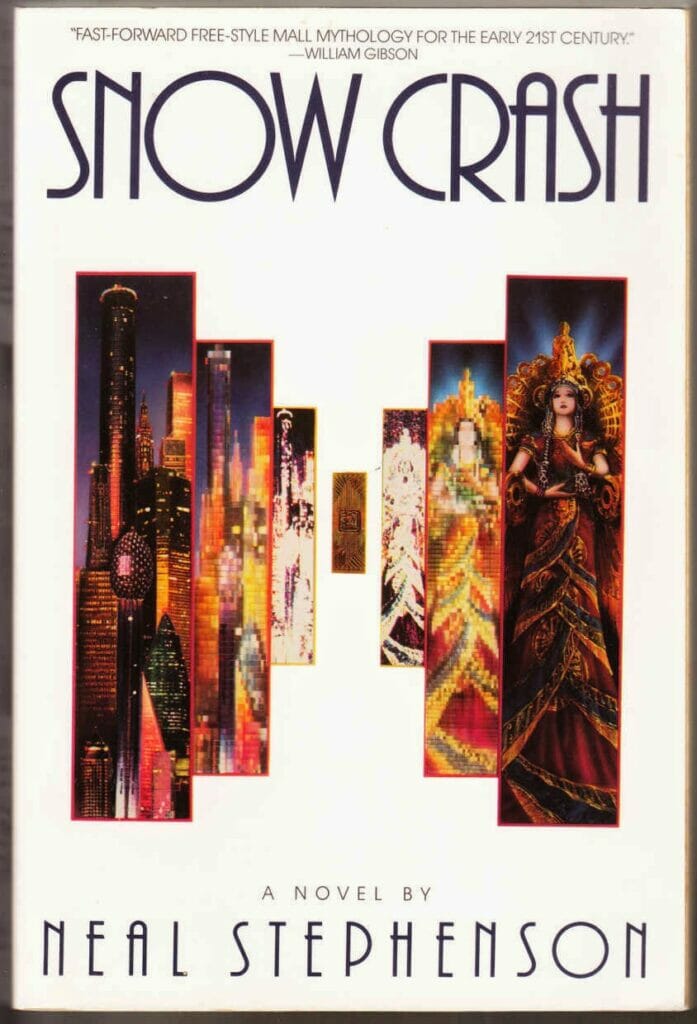
Snow Crash (1992)
By Neal Stephenson
Long before VR headsets and metaverse, Neal Stephenson wrote about a future world in which cyberspace allows everyone to be someone different. That said, the plot of “Snow Crash” takes place in a real world: the city of Los Angeles that is no longer part of the United States.

The Time Machine (1895)
By H.G. Wells
In case you‘re only starting to dabble in the science fiction genre, “The Time Machine” by H.G. Wells can be an enticing gateway into the literature. It is a novella, which is shorter than full-length novel yet longer than a typical short story. You will follow the adventure of the Time Traveler into different time periods and get a disturbing look at the future.
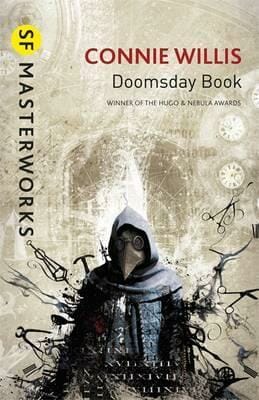
Doomsday Book (1992)
By Connie Willis
Since time travel to the past always poses a serious risk of altering history, the time machine in this book prevents visits to dangerous places or journeys to fragile periods that could change both the past and the future. But it doesn’t prevent some scholars from taking a perilous trip where they end up in 14th century England during the Black Death epidemic.

Hyperion (1989)
By Dan Simmons
In the future, humans form a fragile alliance with artificial intelligence. There is also a planet called Hyperion where structures known as Time Tombs exist. Unlike anything else in the universe, the structure moves backwards in time. The novel uses a storytelling format like that of “The Canterbury Tales,” but with a more complex narrative involving modified humans, black holes, robots, and monsters.

Flowers for Algernon (1959)
By Daniel Keyes
There are multiple themes wrapped together in Flowers of Algernon including wealth, harassment, and medical experimentation. It is a question of the nature of love and the human tendency to corrupt power. A major portion of the story describes the ache of being poor when you actually know how it feels to be rich.

A Clockwork Orange (1962)
By Anthony Burgess
When the government becomes too powerful, even the best intentions can ruin people’s lives. Among the issues raised in the book is a brainwashing technique called Ludivico. The subject of the experiment is a young man named Alex, who is coerced to become a model citizen. Following the exercise, Alex is no longer able to even think about breaking the law. Alex is turned into a submissive agent without the ability to do anything wrong. “A Clockwork Orange” presents the idea that enforced total obedience is not always good for the society.
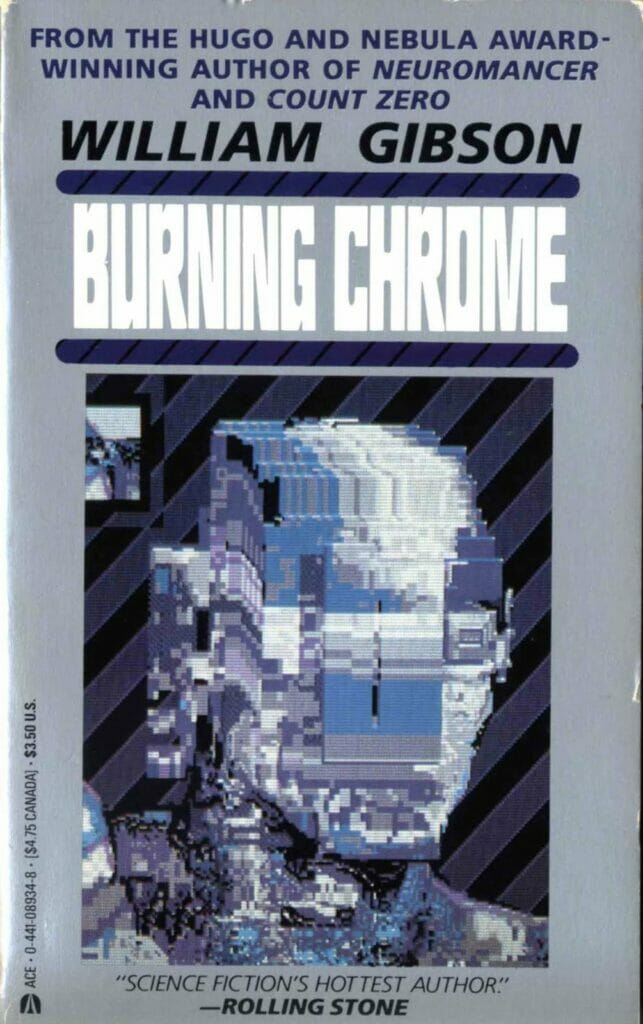
Burning Chrome (1982)
By William Gibson
One of the most underrated science fiction works in history, “Burning Chrome,” is a highly imaginative story (for its time) of love, lust, Internet, organized crime, and money. In fact, the term “cyberspace” is coined by Gibson and used for the first time in the story. There are 10 short stories in the books, and each is delivered in a grievous and compassionate way. “Burning Chrome” has all you want in a sci-fi book; complexity, harshness, humane, and visionary.
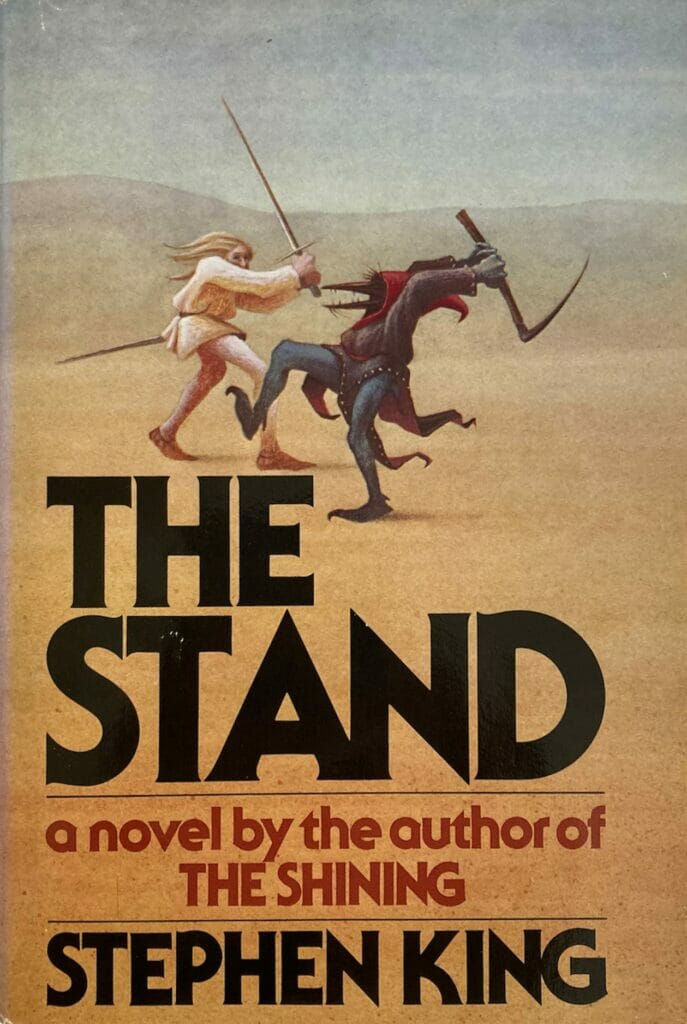
The Stand (1978)
By Stephen King
Among all sci-fi books by Stephen King, “The Stand” is one of the most believable and lively. It tells the survival story of Larry Underwood amidst an accidental release of a biological weapon developed in secrecy by the U.S. Department of Defense. A prologue describing the virus and how it escapes a secure facility is included the Complete and Uncut Edition of the novel.

Never Let Me Go (2005)
By Kazuo Ishiguro
It’s a love story between a female human and a male clone, who is pre-destined to live only as an organ donor. He wants to be regarded as a true man with the ability to choose and make his own destiny.
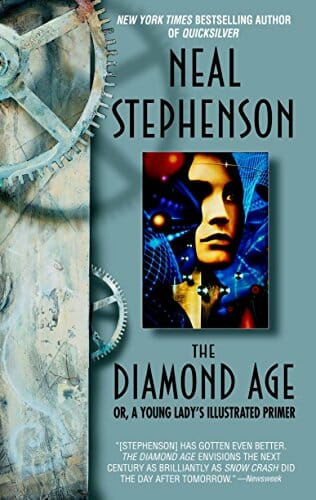
The Diamond Age (1995)
By Neal Stephenson
There are more than 500 pages in “The Diamond Age.” Most of them describe the life story of Nell, from her time as a young girl to her days as a young woman. A good portion of the novel revolves around Nell and the struggle of life in a world full of nanotechnology, but it has plenty of other characters and background stories as well. The future presented in the novel seems a bit like Dicken’ version of Victorian England. It is unbelievable, fantastic, and at times overwhelming.
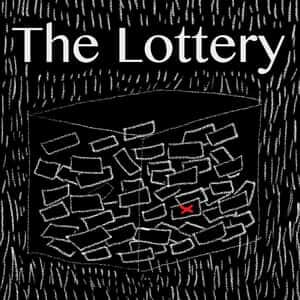
The Lottery (1948)
By Shirley Jackson
When “The Lottery” first came up in “The New Yorker,” it sparked a massive outrage to the point where a good number of readers canceled their subscriptions. The story focuses on a small ordinary community in an American town. Nothing everyone does appears strange or suspicious until the time comes for them to do the lottery. Unlike a typical lottery where the winner gets prize money, the chosen one will be stoned to death. Shirley Jackson received a pile of hate mail for it.

Oryx and Crake (2003)
By Margaret Atwood
This is a complicated love story between an ordinary man, a super villain man, and a girl from a porn film. One of the men, Crake, is a bioengineer who attempts to wipe most of world’s population by mass sterilization. Think of it this way: what if Elon Musk, instead of creating SpaceX, made a legion of humanoids and crafted a plan to destroy humanity to build his version of the ideal world?
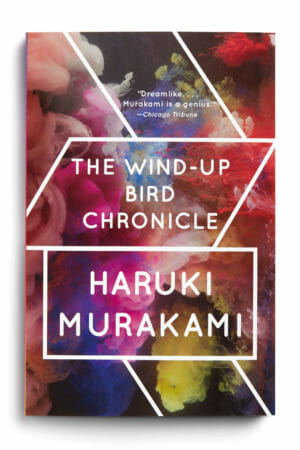
The Wind-Up Bird Chronicle (1994)
By Haruki Murakami
The story begins with Toru Okada, a former employee of a law firm, when he goes out to look for his missing cat. Shortly after the cat vanishes, his wife too disappears. In his journey to find the missing pieces of his life, he comes across curious people and bizarre adventures. “The Wind-Up Bird Chronicle” is part fairy tale, part science fiction, part detective story, and part Lewis Carroll.
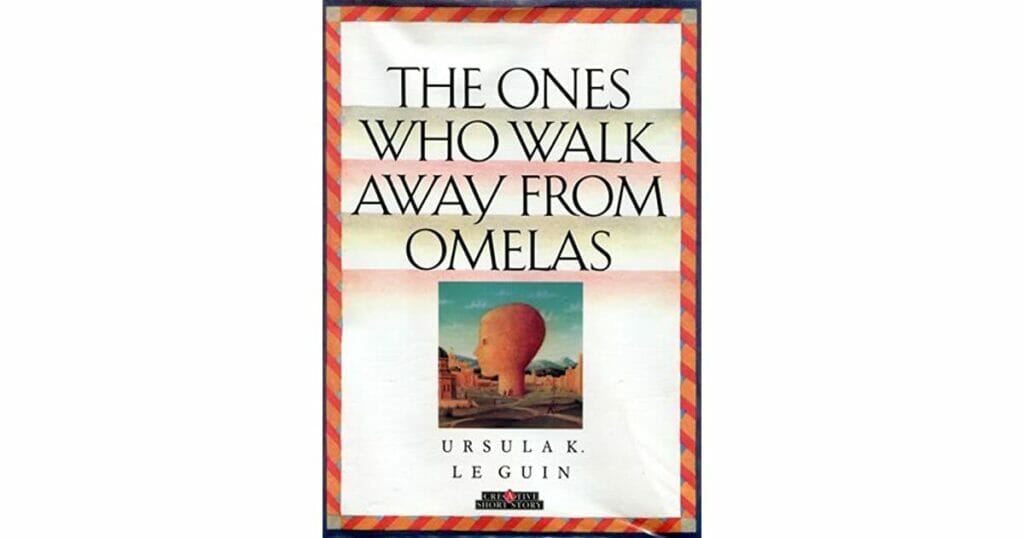
The Ones Who Walk Away from Omelas (1973)
By Ursula K. Le Guin
The main idea of “The Ones Who Walk Away From Omelas” is the scapegoat or sacrificial lamb. Omelas is a place of eternal happiness, glorious festivals, great cultures, and just about the right intensity of sophistication. It sounds like a dreamy fantastical city, until it gets to the part where the dark secret lies.
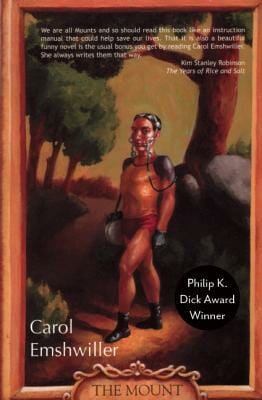
The Mount (2002)
By Carol Emshwiller
Charley wants nothing more than to become the perfect mount, carrying an alien rider on his back to victory. All other mounts, like Charley, are bred and trained for that purpose. Humans are just animals, anyway.
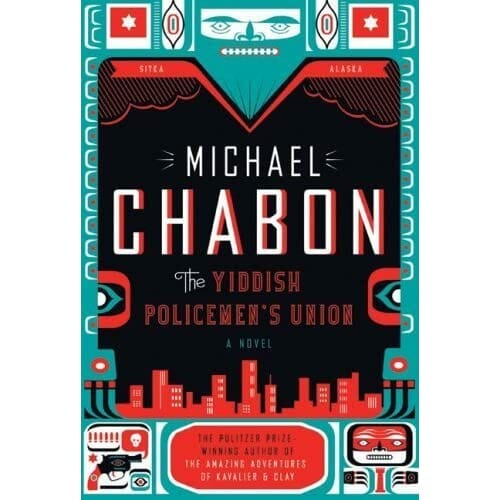
The Yiddish Policemen’s Union (2007)
By Michael Chabon
In this version of the universe, Israel only lasted three months before being destroyed in 1948, and the Promised Land has been relocated to Alaska. But the book is not about that at all. It tells the story of an alcoholic detective investigating a murder case. The victim is a possible messiah, who comes to the world in the form of an ordinary man once in every generation.
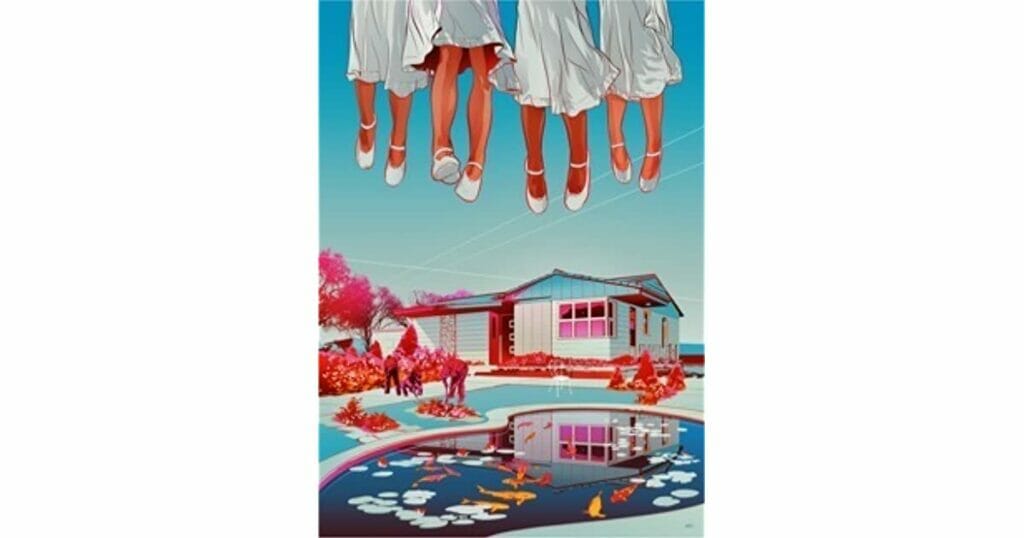
The Semplica Girl-Diaries (2012)
By George Saunders
This book is the longest tale in a collection of short stories compiled in “Tenth of December” by George Sanders. In the story, a father buys women from third-world countries and gives them to one his daughters, so she can use them as garden ornaments. Undoubtedly, the gifts create all sorts of troubles.
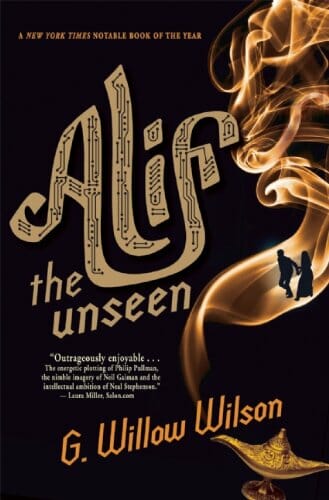
Alif the Unseen (2012)
By G. Willow Wilson
Alif is a hacker who uses his skills to prevent his love interest from getting into an arranged marriage with another man. The police are not happy about what he does so they hunt him down. Alif the Unseen is borderline creating its own genre as the story combines elements of science fiction, Islamic mysticism, fantasy, and thriller.
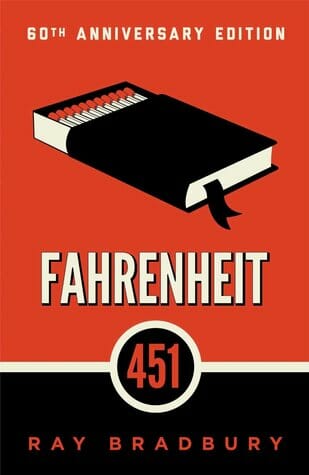
Fahrenheit 451 (1953)
By Ray Bradbury
The storyline revolves around the banning and burning of books by the authorities in the future world. Miraculously, but still makes good sense, a group of people with exceptional brains are able to memorize a large number of books so that important knowledge can be preserved.
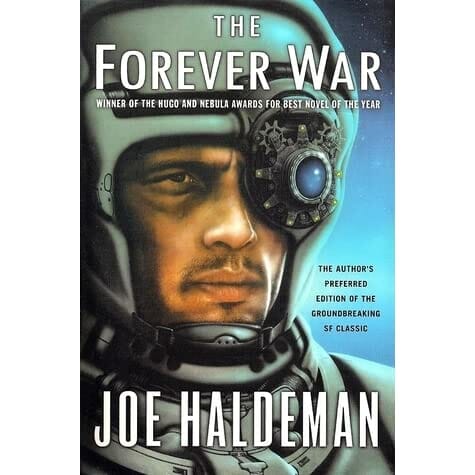
The Forever War (1974)
By Joe Haldeman
As the title suggests, “The Forever War” is mostly about war and soldiers. It describes what soldiers do in brutal camps and how they are fascinated by futuristic weapons. In some respect, the book is like “Catch-22” but with more outrageous guns.
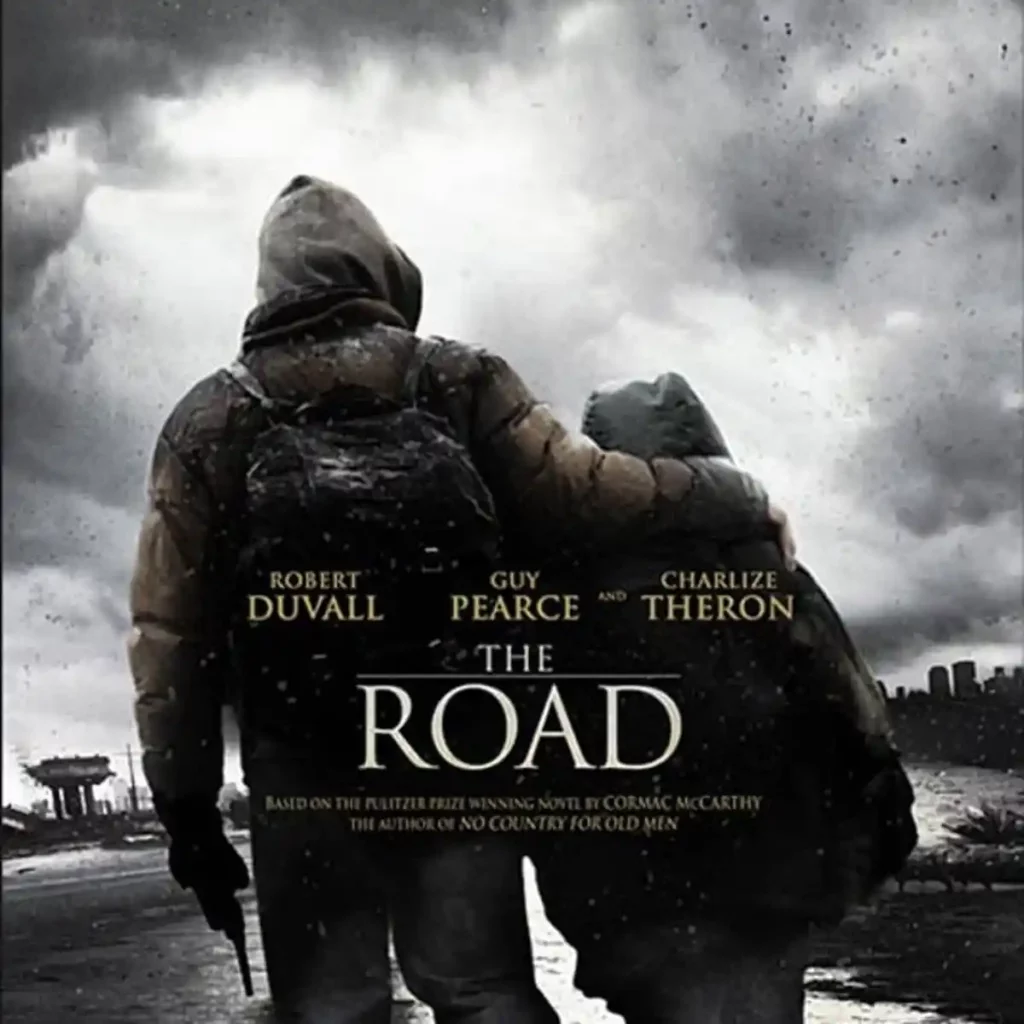
The Road (2006)
By Cormac McCarthy
The entire world is suffering and turned into a chaotic inhospitable place. No one really knows what catastrophic event triggered the destruction of the planet. People only know that some canned foods, a good pair of shoes, and few bottles of soft drinks are the ultimate happiness. When there are no foods to scavenge, cannibalism becomes the only way.
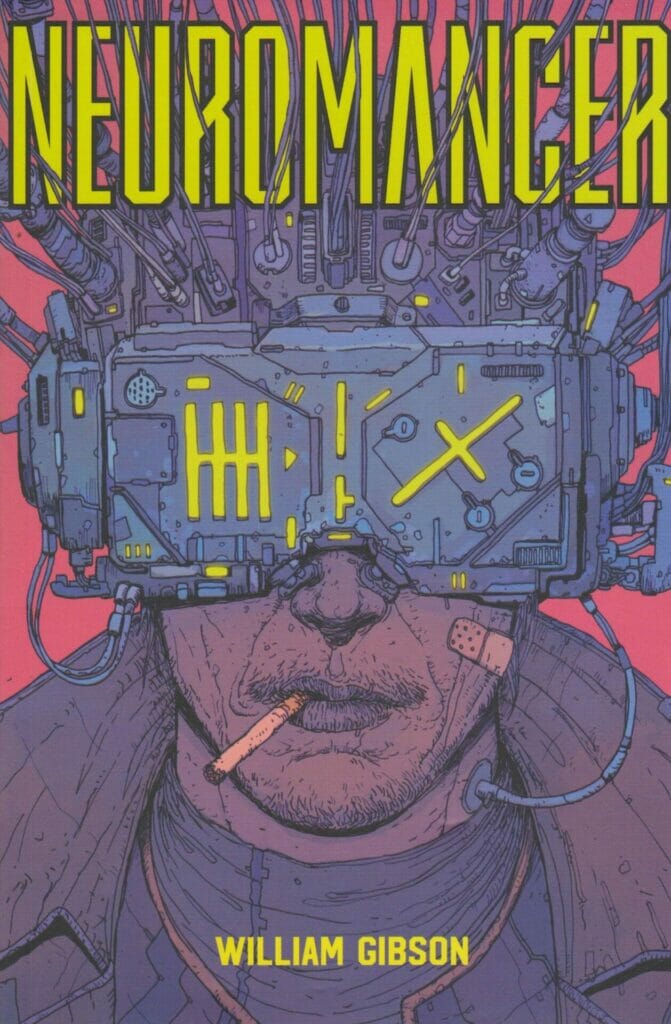
Neuromancer (1984)
By William Gibson
The world in its entirety is governed by advanced technologies with seemingly unlimited capabilities. “Neuromancer” has been “The Matrix” long before Keanu Reeves ever became Neo.

Gateway (1977)
By Frederik Pohl
An ancient alien civilization left behind a spacecraft in a place called Gateway. Despite a limited understanding about the spacecraft, apart from knowing how to operate it, humans are willing to take interstellar journeys from time to time to find riches in faraway planets.


